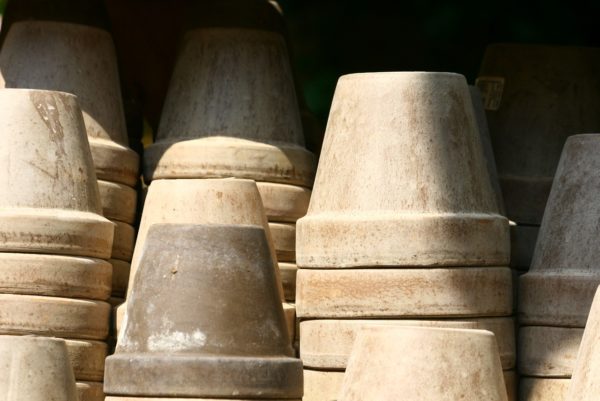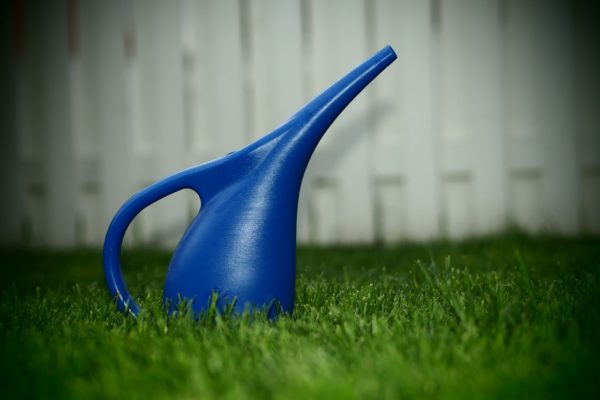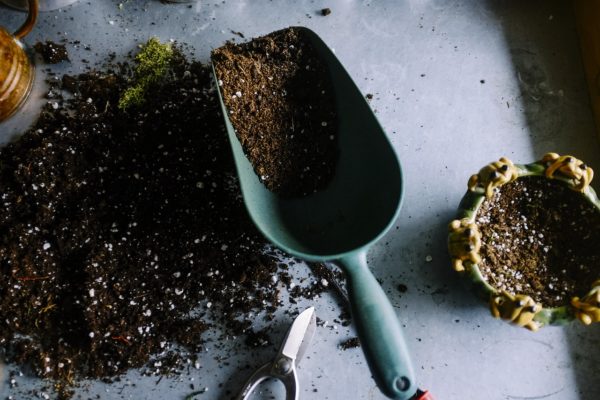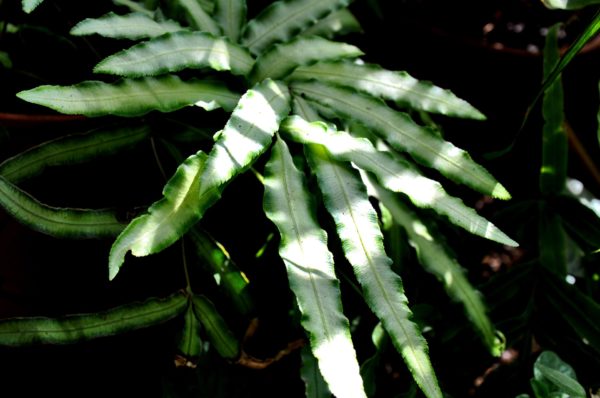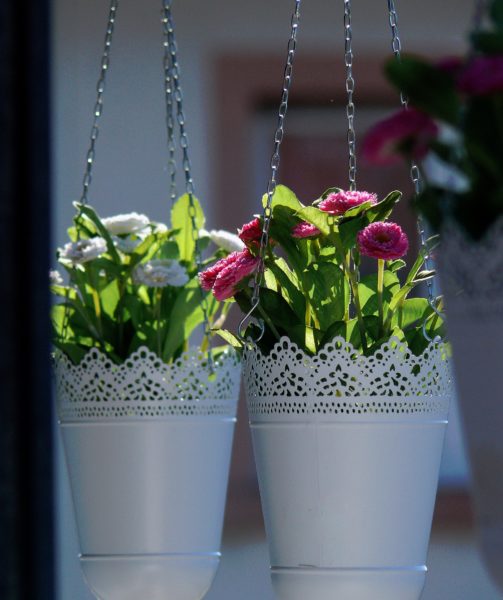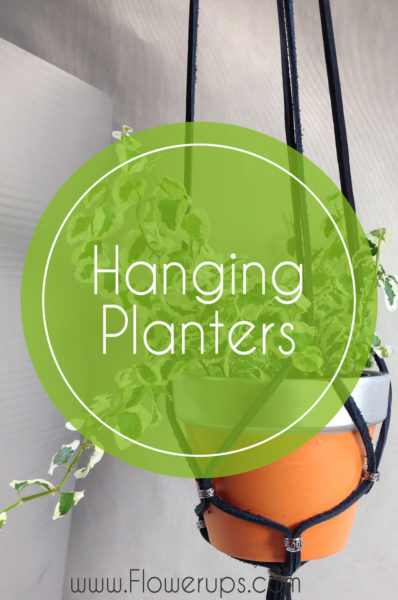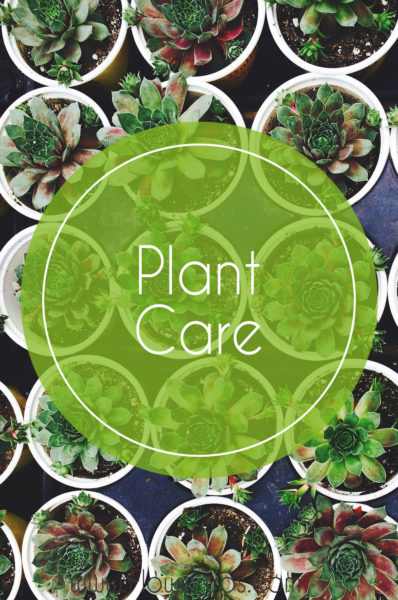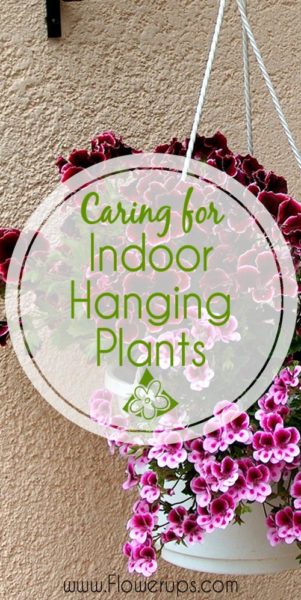Hanging plants are beautiful and are a great way to decorate, add greenery to a room and clean the air. But, they need special care to thrive and continue to beautify your home.
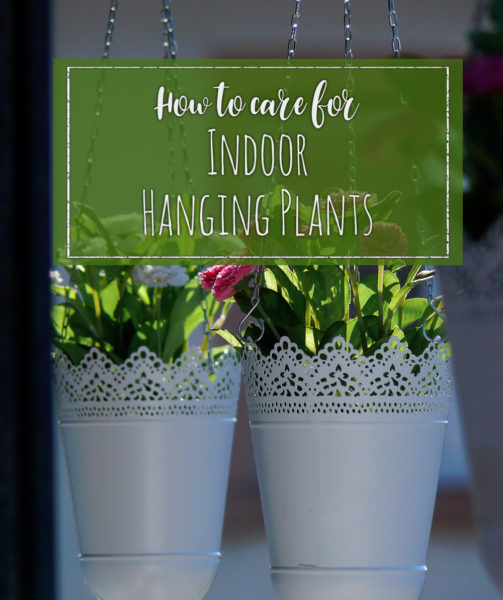
Know your house plant
The most crucial step in caring for your hanging plant is to know what type of plant you have. Once you know the type of plant, you can read a bit about the needs of each plant. Different types of plants will need different soil, fertilizer, water, pruning and light conditions to thrive. Basically, foliage plants, flowering plants, and succulents have different environmental requirements to thrive.
When you buy a new plant, there should be some information that comes with the plant. If not, search online or ask a garden specialist for the type of plant you have.
The following are general guidelines.
Hanging your hanging plant
Hanging planters, filled with dirt, water, and plant, can get quite heavy. For safety reasons, invest in a good quality hook and make sure that the hook you use is sturdy and strong.
To install the hook, use drywall hangers that are rated for the weight of your flower pot. Or, install the hook directly into a stud in the wall or joist in the ceiling, using long wood screws. You can use a stud finder to find structural wood studs in your wall. Do not install the hook straight into plaster or drywall.
Also, make sure your plant hanger is sturdy and designed for the size pot you intend to hang. If you are making a macrame plant hanger – double check those knots!
Containers for hanging planters
Choosing the correct container for your flower pot is very important to insure good drainage, but not drip and risk ruining floors or furniture. In most hanging planters, like macramé, a tray to catch the drips will not fit in the hanger. Some hanging planters come with an integral drip tray. The problem with this is that the tray is usually very small, and overflows very easily.
You can either add a way to catch the drips, or take the plant down to water it and then hang it back up after it is done dripping.
A safer way to hang plants and protect against water spills is to hang a pot within a pot. The inside pot can be a regular flower pot with drainage holes. Then, place a thin layer of stones in the bottom of a waterproof pot, and place the inner container inside. This way, your plant gets good drainage, and water does not over flow.
Watering your hanging plant
To water your indoor plant, as mentioned above, you can take the plant down and water it in a sink or shower, or you can water it in place.
To water the plant in place, some people set up pulley systems to lower the plants for easy access. Or, you could use a step-stool with a watering can with a long neck.
Be careful not to over water the plant. In general, a potted plant in a 6 inch container needs to be watered when the top 2 inches of the coils feels dry. An 8 to 10 inch container needs watering when the top 1 inch of soil feels dry. However, the root zone should remain damp. An easy way to test the soil moisture in a household plant is with a soil moisture meter.
However, different plants need different watering conditions. Learn about the watering conditions that your specific plant needs. Some indoor plants, like succulents, need to be watered sparingly. Other types of plants, like ferns, need to be kept in a humid environment with damp soil.
Soil for hanging plants
Choose a well-drained soil that is designed for indoor plants. Some soils are designed for specific plants such as succulents or African Violets. An option to help reduce the weight and increase drainage in your hanging planter is to mix the soil with perlite.
Light for indoor plants
Plants need light to grow. Different plants thrive with different amounts of sunlight. Read about your specific plant to choose the best place in your home.
Many plants thrive in bright, indirect light. In addition, some enjoy 1 or 2 hours of direct light.
Fertilizer for indoor plants
Use a balanced 10-10-10 fertilizer for indoor hanging plants. However, again, different plants may have different fertilizer needs. For a flowering plant, look for fertilizer that is higher in potassium. For a foliage plant, add fertilizer higher in nitrogen.
Fertilizer can be added regularly to indoor hanging plants, but should be added more often in the spring and during the summer growing months. Fertilizer should not be added to most indoor plants during the winter.
It is also a good idea to re-pot your indoor plant every year using new soil. This will add fertilizer and micronutrients that may have been depleted in the old soil.
Humidity for house plants
If you have a houseplant that requires humid air, these plants may need additional humidity, especially if you run a heater during the winter. Here are a few ways to increase humidity near the plant.
- You can run a humidifier near the plant to increase humidity
- Place the plant on a tray lined with stones and keep water under the level of the stones
- Spray or mist the plant with water regularly
- Group plants together
Pruning your indoor plant
Indoor plants should have their stems and roots pruned regularly. Different plants will need pruning at different intervals.
To prune the stems, cut off dead branches. You can also regularly prune above a leaf node to promote growth and a bushier plant.
You can prune the roots annually, when you re-pot your houseplant. Be sure to use sharp, clean tools for root pruning, to reduce risk of damage.
The easiest way to insure healthy plants is to choose easy to care for plants. Good plants for hanging planters are discussed in this article.




